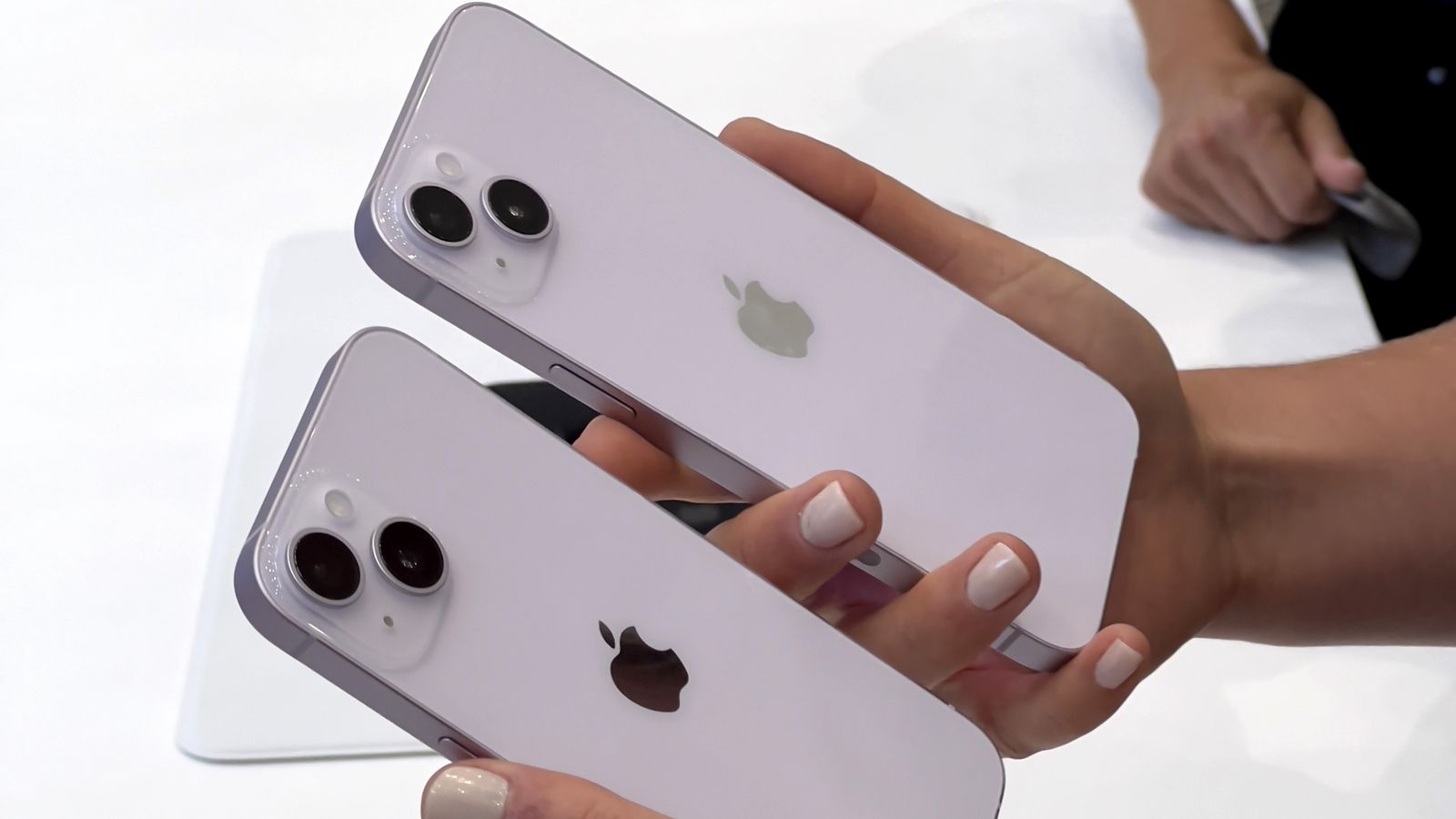With the introduction of the new iPhone 14 models, Apple also announced a significant innovation on the subject of SIM cards – at least for customers in the US. New iPhones will be delivered there without a SIM card slot. Physical SIM cards will also continue to be supported in Europe – but it’s very likely only a matter of time before they disappear here too.
What is an eSIM?
Apple’s alternative is eSIM – and this technology has been around for a long time. eSIM does not refer to “electronic SIM”, but means “embedded SIM”, that is, “embedded SIM”. This is because the eSIM is physically embedded in the phone and the user cannot remove or swap it.
What are the advantages of an eSIM?
Changing carriers does not require a physical replacement of the SIM – instead, it can be activated remotely. So changing network providers can be easier and faster in the future. Instead of waiting for a card in the mail or picking it up at the store, all you have to do is scan a QR code.
The eSIM technology also makes it easy to store multiple SIMs in the device at the same time. The new iPhone will have space for six eSIMs – even if only two can be activated at the same time. The function can therefore accommodate frequent travelers using different contracts in different countries.
What are the disadvantages of an eSIM?
Not all network providers support eSIM yet – This must also be one of the reasons why Apple still offers iPhones with a SIM card slot in most parts of the world. In Germany, eSIMs are already available from the major network providers Telekom, Vodafone and O2, but in some cases only at certain tariffs and under certain conditions. eSIM support also varies from country to country abroad.

“Alcohol buff. Troublemaker. Introvert. Student. Social media lover. Web ninja. Bacon fan. Reader.”






More Stories
The Body Shop files for bankruptcy in the UK
Kaspersky: All employees in the US must leave – business activities will be terminated
Resettlement in the United States and its Impact on U.S.-Focused Firms